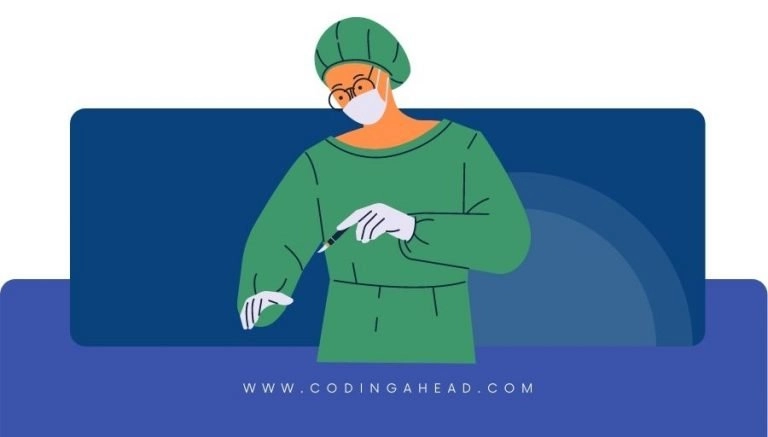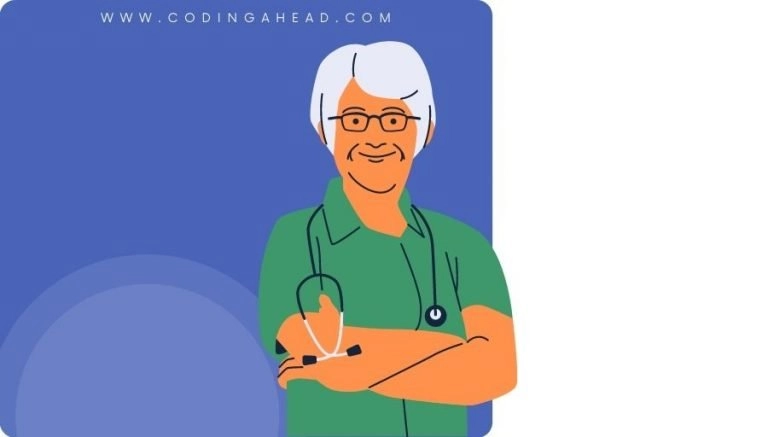How To Use CPT Code 23031
CPT code 23031 describes the procedure of incision and drainage for an infected bursa in the shoulder area. This article will cover the description, procedure, qualifying circumstances, appropriate usage, documentation requirements, billing guidelines, historical information and billing examples.
1. What is CPT Code 23031?
CPT 23031 is a code used to describe the incision and drainage procedure for an infected bursa in the shoulder area. The purpose of this procedure is to treat the infection and relieve pain and pressure by draining the fluid from the bursa.
2. Official Description
The official description of CPT code 23031 is: ‘Incision and drainage, shoulder area infected bursa.’
3. Procedure
- The patient is appropriately prepped and anesthetized.
- The provider makes a midline incision over the infected bursa in the shoulder.
- The provider dissects down to the cavity of the bursa.
- The provider drains the fluid from the bursa.
- A specimen may be submitted to a laboratory for analysis.
- The provider irrigates the area with antibiotics.
- The provider checks for bleeding and removes any instruments.
- The provider closes the incision.
4. Qualifying circumstances
CPT 23031 is used when a patient has an infected bursa in the shoulder area that requires incision and drainage. The procedure is performed by a healthcare provider and is typically done to relieve pain and treat the infection. The patient must meet the specific criteria for this procedure, including having an infected bursa in the shoulder area.
5. When to use CPT code 23031
CPT code 23031 should be used when a healthcare provider performs the incision and drainage procedure for an infected bursa in the shoulder area. It is important to ensure that the patient meets the qualifying circumstances for this procedure and that the procedure is performed in the appropriate anatomical location.
6. Documentation requirements
To support a claim for CPT code 23031, the healthcare provider must document the following information:
- Patient’s diagnosis of an infected bursa in the shoulder area
- Details of the procedure, including the incision and drainage process
- Any specimens submitted to a laboratory for analysis
- Use of antibiotics for irrigation
- Any complications or additional procedures performed
- Signature of the healthcare provider performing the procedure
7. Billing guidelines
When billing for CPT code 23031, ensure that the procedure is performed for an infected bursa in the shoulder area. Follow the appropriate coding guidelines and ensure accurate documentation to support the claim. It is important to review any specific billing guidelines from insurance providers or Medicare to ensure compliance.
8. Historical information
CPT code 23031 was added to the Current Procedural Terminology system on January 1, 1990. There have been no updates to the code since its addition.
9. Examples
- A patient presents with an infected bursa in the shoulder area. The healthcare provider performs an incision and drainage procedure using CPT code 23031 to treat the infection and relieve pain.
- Another patient has an infected bursa in the shoulder area. The healthcare provider performs an incision and drainage procedure using CPT code 23031, submitting a specimen for analysis to determine the cause of the infection.
- A third patient requires an incision and drainage procedure for an infected bursa in the shoulder area. The healthcare provider uses CPT code 23031 to drain the fluid and irrigate the area with antibiotics to treat the infection.
- Yet another patient presents with an infected bursa in the shoulder area. The healthcare provider performs an incision and drainage procedure using CPT code 23031, checking for bleeding and closing the incision to complete the procedure.
- A final patient requires an incision and drainage procedure for an infected bursa in the shoulder area. The healthcare provider uses CPT code 23031 to relieve pain and pressure by draining the fluid and providing appropriate treatment for the infection.




